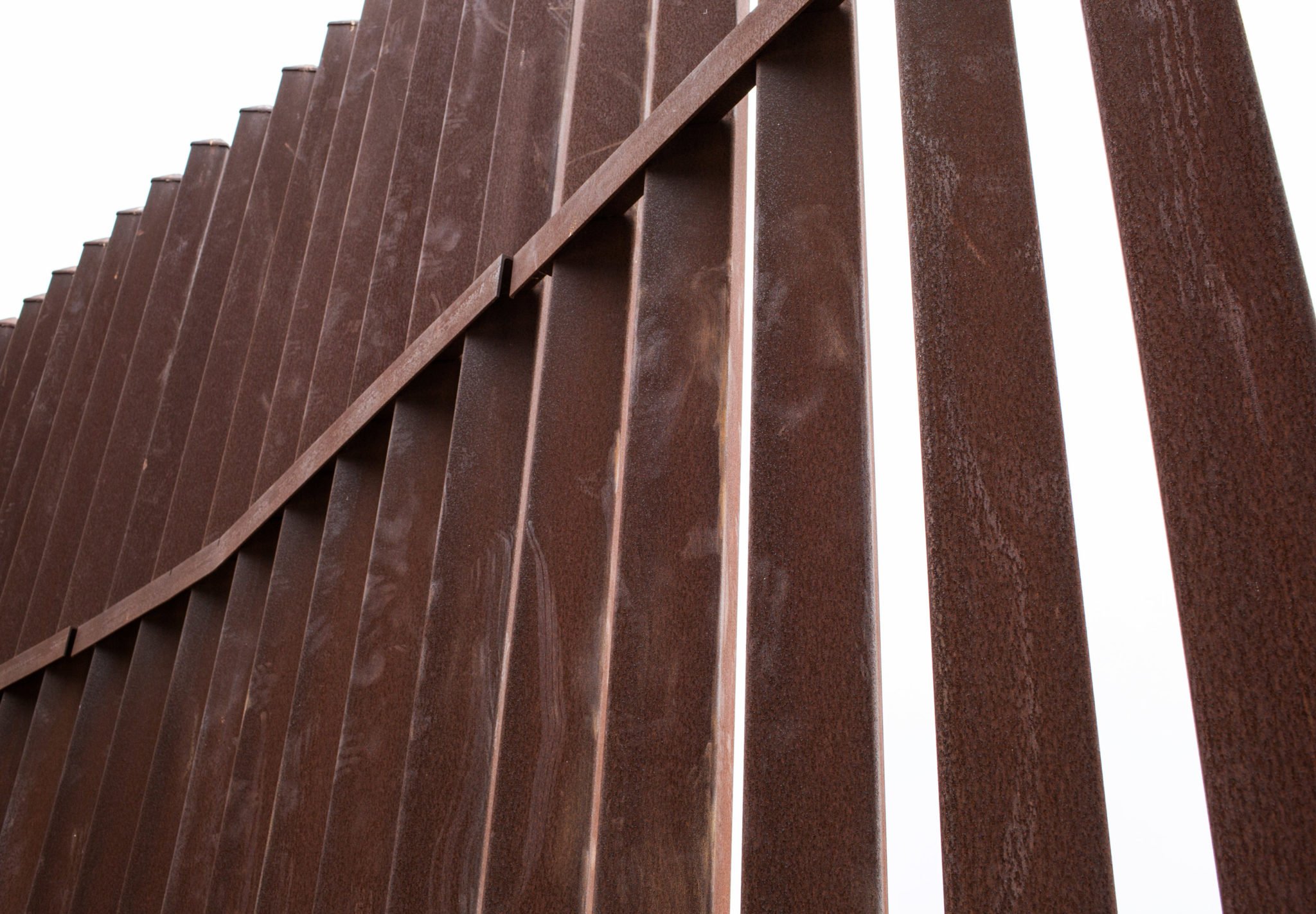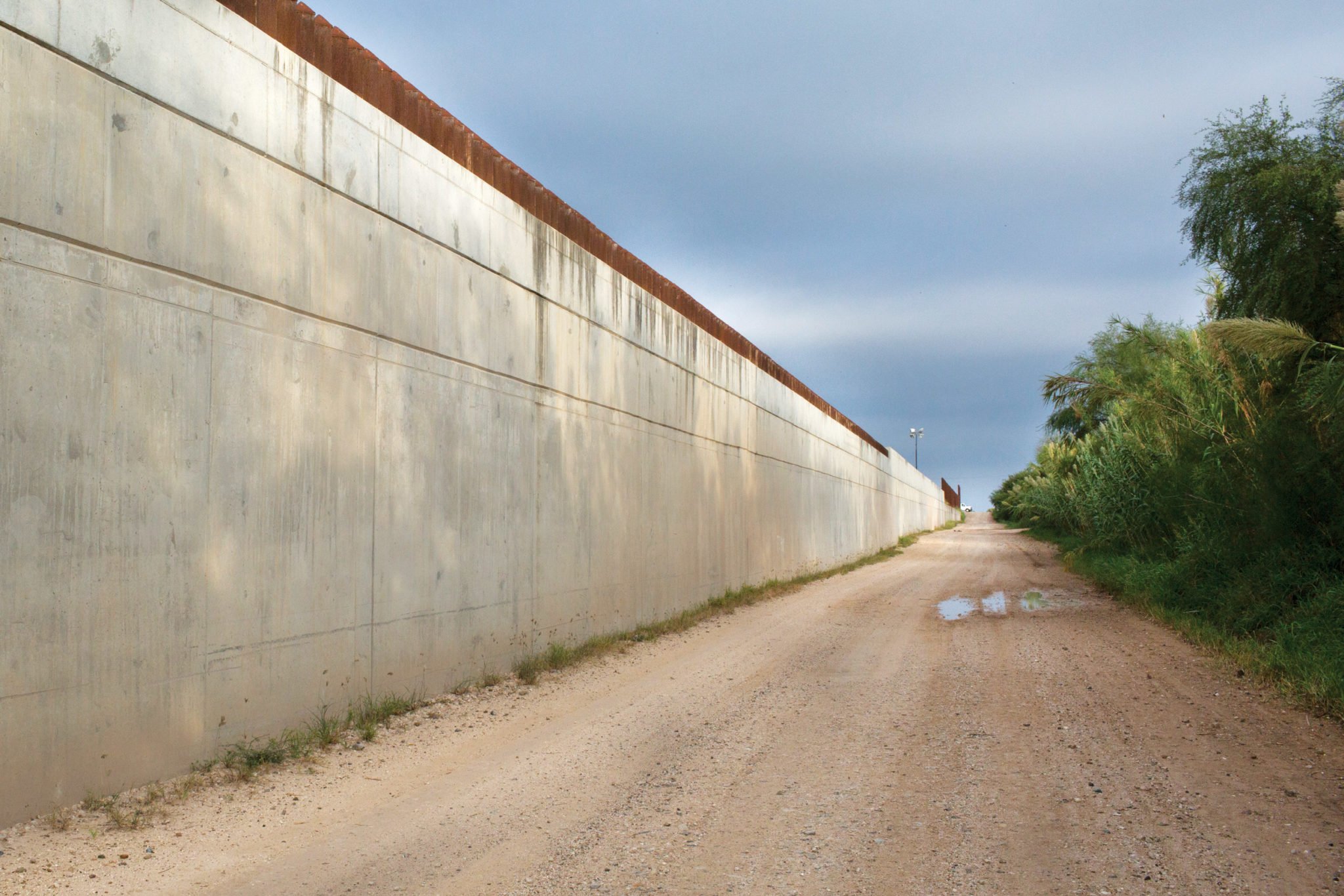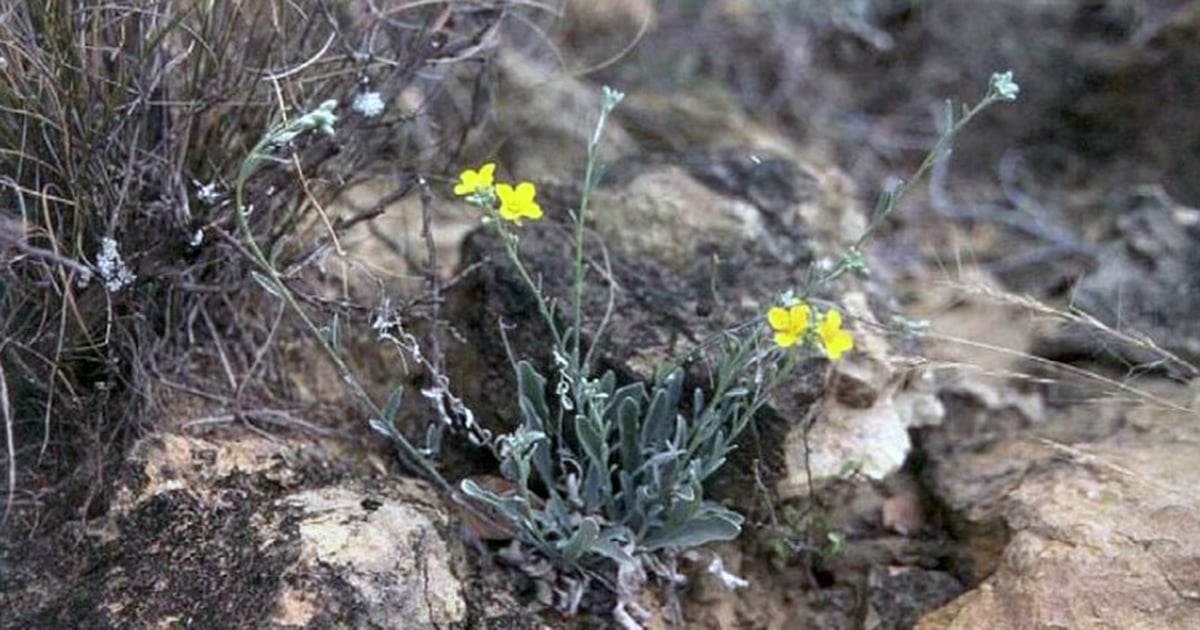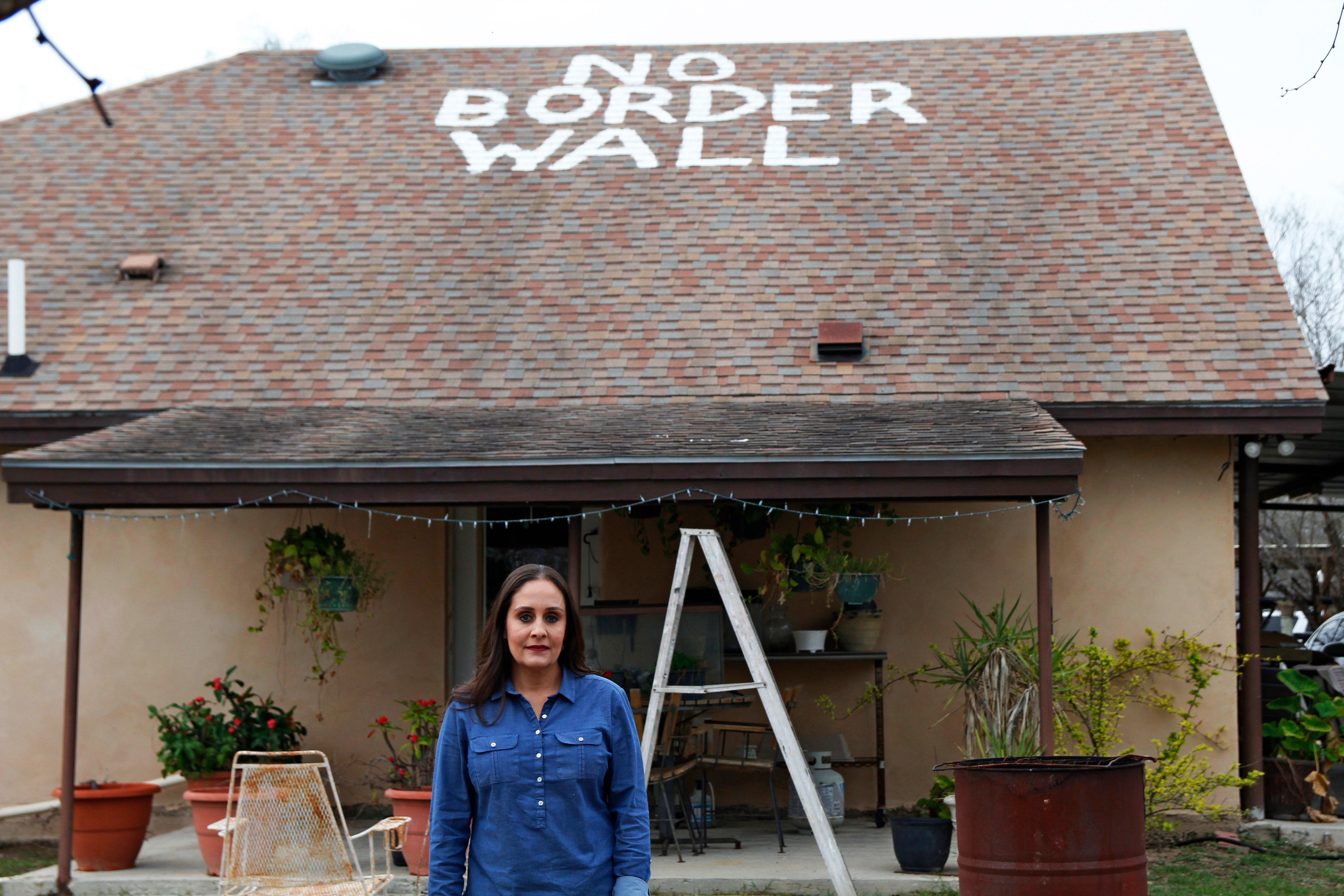
Texas Teacher Could Lose Her Home If Trump Gets Any More Border Wall Funding
The feds are moving on Starr County land that they don’t have funding to build on yet. Congress could still stop them.
–
by Gus Bova
February 5, 2019
Between the Texas border towns of Roma and Rio Grande City, Nayda Alvarez lives tucked off Highway 83 in the unincorporated community of La Rosita, her house less than a football field’s length from the Rio Grande. A speech teacher at a nearby high school, the 47-year-old has lived on the same riverside land since the second grade, on property that’s been in the family for at least five generations. Alvarez’s adult daughter lives with her, and her elderly parents and an 18-year-old nephew live in a nearby house on the family’s 8 acres. A pack of scruffy dogs roams the ranchette, which abounds with prickly pear cactus, mesquite and ancient rusted trucks. Trump doesn’t have the money yet to run a “big, beautiful” border wall through Alvarez’s land, but if Congress forks over any more funding for the president’s wall — or “fence,” or “steel slats” — then Alvarez and her neighbors will likely be the next victims.
For months, a worst-case scenario has played out in Alvarez’s mind. Because her family lives so close to the border, and because the riverbank in her backyard is so uneven and prone to erosion, it’s possible the feds would raze one or both of the family’s homes to make room for the wall. First, she worries about her family. Her mother, 72, is battling stage 4 breast cancer, and Alvarez shudders at the thought of moving her during her final days. Her nephew, who’s diagnosed with autism and sometimes struggles with sudden change, might handle the shake-up poorly. Then there’s Alvarez. “What am I supposed to do, start all over? Get a mortgage and have to work till I’m 80?” she said, contemplating the possibility of forced relocation. “We’ve been here forever. I’m not used to subdivisions; I like the ranch life.”
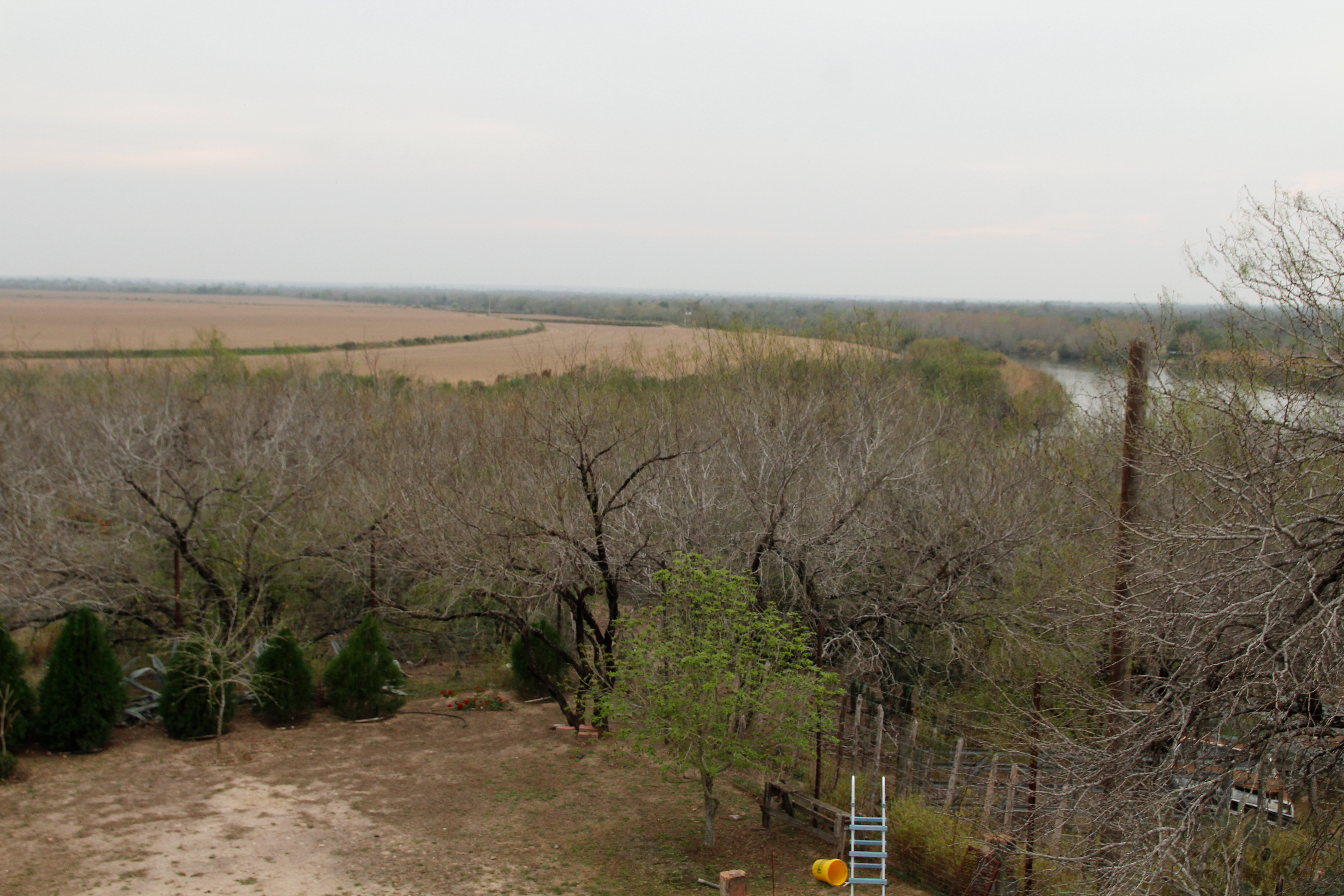
Even if the houses are saved, the wall could still make the property unlivable. In other parts of Starr County, the Trump administration plans to build a 20- to 30-foot-tall steel bollard fence, adorned with surveillance cameras and floodlights, along with a 150-foot “enforcement zone” and a smaller maintenance road. Currently, Border Patrol can’t drive through Alvarez’s land, and her property is dark and calm at night. Migrants don’t cross there, and MS-13 is nowhere to be found. Her worst annoyance, she says, is javelinas. “Imagine the light and the noise; imagine the damage,” she said. “It’s like it’s not your property anymore.”
Documents Reveal Where Trump Plans to Build His Wall in Starr County
Trump’s Wall Is Coming to Texas. Meet Its First Victims.
Indigenous Activists Set Up Protest Camp at South Texas Cemetery to Stop Trump’s Wall
Perhaps the most vexing thing at the moment is that the Trump administration is moving to potentially seize her land, even though it admits it has no money to build a wall there. In September, the U.S. Army Corps of Engineers sent Alvarez a letter requesting access to survey her land, a necessary precursor to eminent domain. The agency also sent letters to Alvarez’s parents and her deceased grandparents. The letters state that the feds are interested in her land for wall construction “authorized by Congress in the fiscal year 2019 appropriation.” That’s despite the fact that Congress hasn’t provided Trump with 2019 wall funding. In a November court hearing in McAllen, Justice Department attorney John Smith acknowledged as much: “I know we’re starting the [right of entries] and we’re doing that process, but we don’t have funding to actually build fence for those,” Smith told a federal judge, according to the court transcript.
In early January, during the partial government shutdown, the Army Corps of Engineers sent another round of letters to the Alvarez family, this time to say the government would be taking the family to court within 90 days in order to get access to the land, because the Alvarezes had refused to give permission. This time around, the letters said the taking was in connection to the congressional appropriation from last year, when lawmakers provided $196 million for eight to 12 miles of wall in Starr County. But engineering designs obtained by the Observer show that Alvarez’ property is not part of those eight to 12 miles. And on Wednesday, Alvarez called a toll-free line run by the Corps of Engineers and spoke with one of the agency’s realty specialists, who confirmed the government doesn’t have the money yet to build on her land. “That’ll be FY 19,” said the realty specialist. “The only thing authorized right now is preliminary planning — survey, title and appraisal work, but no construction at this point.”
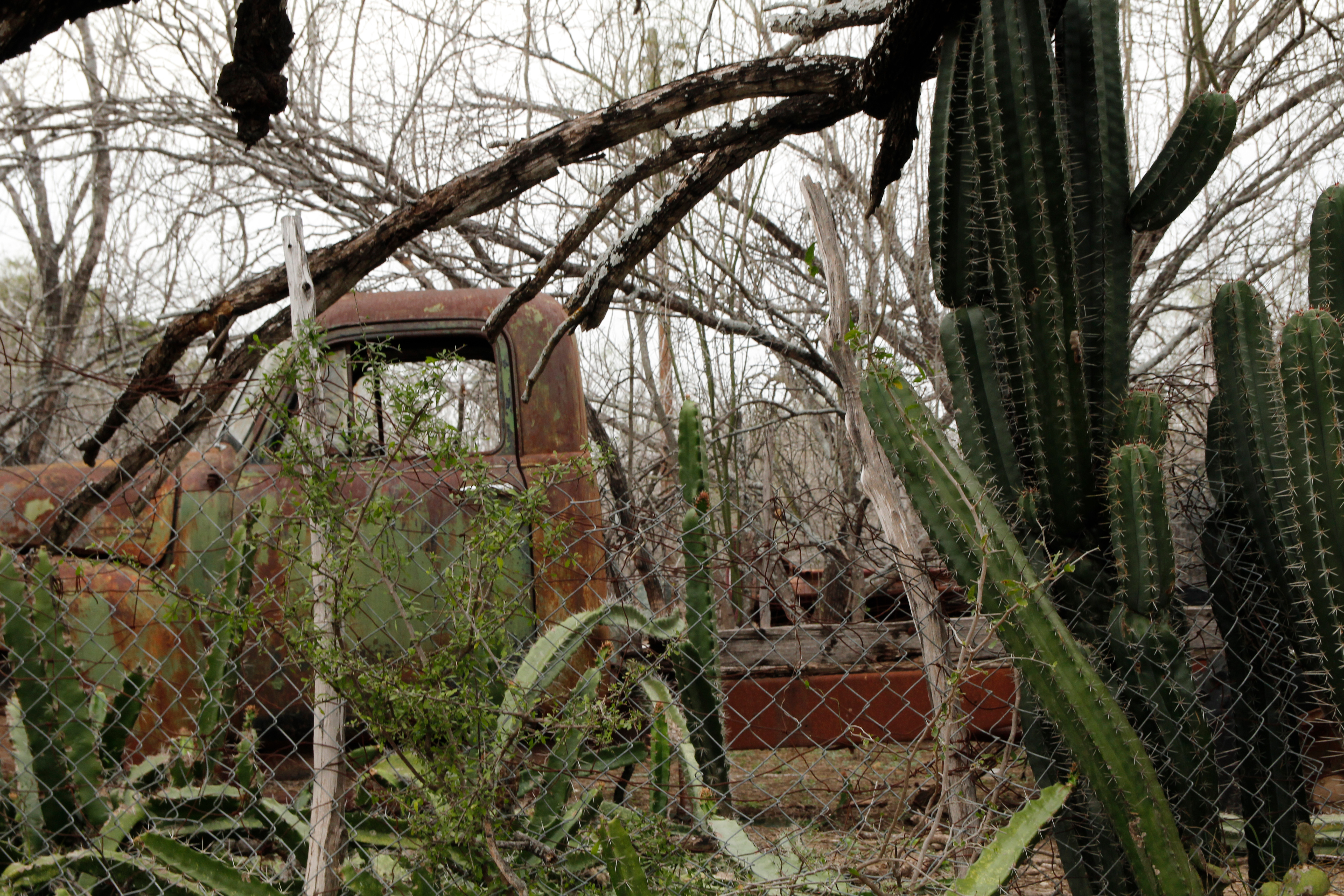
Alvarez also asked about the fate of her home, noting that on a preliminary map sent by the corps, the construction “project area” appears to touch a corner of her house, and that the land closer to the river is craggy and inhospitable for construction. The specialist replied that the engineers are “trying as best they can to avoid any structures,” and that they can “tighten up” the 150-foot enforcement zone to do so. “But I can’t promise you what they’re gonna do,” she added. “Because we just don’t know at this point.” The Corps of Engineers, the Justice Department and Customs and Border Protection did not immediately respond to requests for comment for this story.
Meanwhile, in Washington, D.C., a conference committee of eight Republicans and nine Democrats is negotiating in the backrooms of the nation’s capital to strike a border security deal that they hope can avert a second partial government shutdown that would start on February 15. Some Congressional Republicans, like Kay Granger of Texas, are sticking to their guns on border fencing. “If we’re going to do it right, it has to be some kind of physical barrier,’” she said Tuesday, citing the bollard fencing she saw on a recent trip to the Texas border. Democratic Congresswoman Nita Lowey, of New York, said Wednesday that “everything is on the table,” except a massive concrete wall. Meanwhile, Laredo Congressman Henry Cuellar, the only Texas Democrat in the negotiation group, has been saying he’ll support something called “enhanced barrier” — which, a Cuellar aide told the Observer, refers to “replacement fencing” and additional technology. Trump could also attempt to declare a national emergency to get new wall funding without Congress’ blessing.
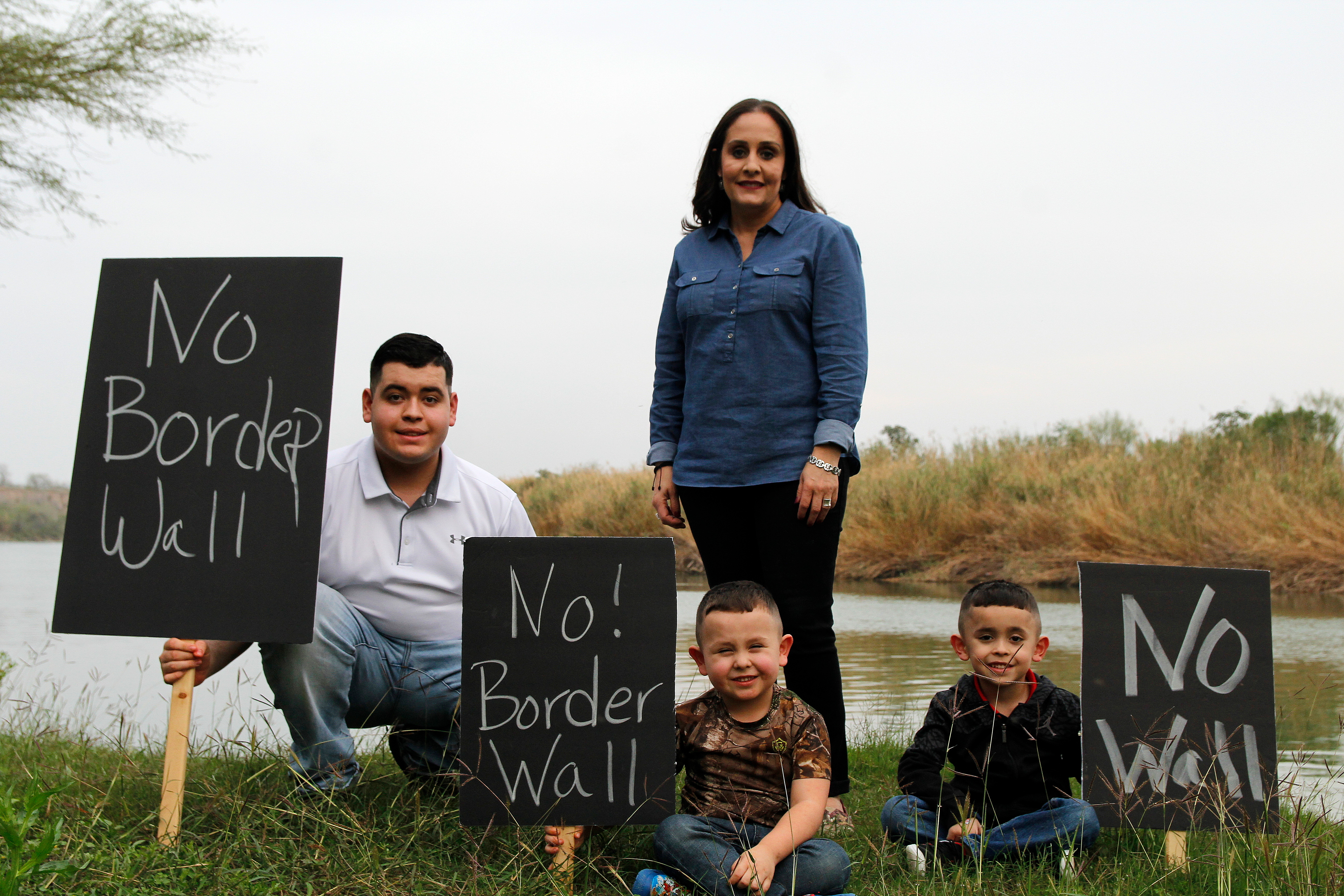
On the evening I visited, Alvarez took me on a ride in her four-wheeler, along with the nephew who lives at the property and two other visiting nephews, four and six years old. As we threaded through her land, she pointed to a wooden corral built by her great-grandfather, which holds some 15 goats and sheep. She pointed to a small vacant house, where her grandparents used to live, and to spots where she used to play as a child. When we got to the river, languid and about 250 feet wide, she handed each nephew a “no border wall” sign that she’d made hours earlier, and the family posed for a picture. Never an activist before, Alvarez has begun attending meetings of a local “No Border Wall” coalition, and she recently painted the same phrase on her roof — for the Valley’s many helicopter operators to see. Pointing across the river, Alvarez said pointedly: “You look that way, that’s Mexico. Do I look afraid? Do you see a crisis going on?”

As we got back to the house, a Starr County Sheriff’s Department SUV pulled up. But not to question us. Alvarez’s brother, Leo, is a sheriff’s deputy — just like her father, who retired from the department three years ago. “Did you see all the bad boys?” Leo asked me, smiling. I asked him if there was a security crisis in the area, and he said “no.” I asked him what he thought Trump’s $5.7 billion in wall money should be spent on. He said local cops could use a raise.

